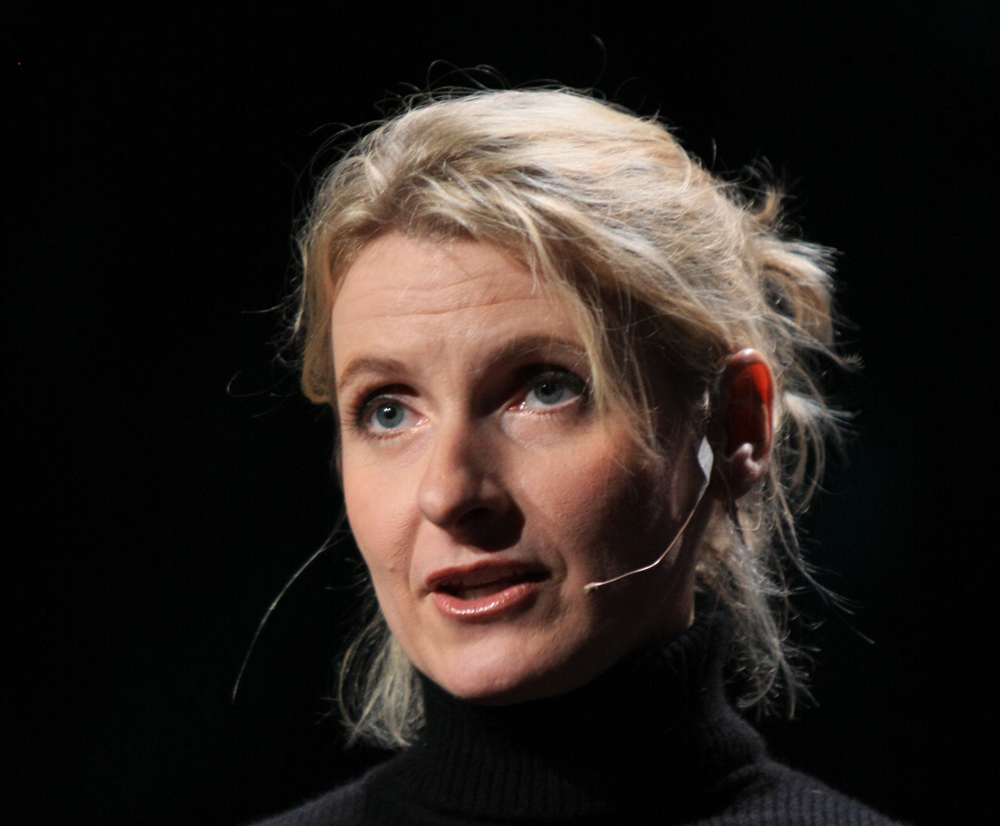Halfway through The Testaments, we have a momentary bird’s-eye-view of the world as it is in the time of the Republic of Gilead. There are refugee riots in England, European nations are playing it safe and even New Zealand has shut its door to escapees from the New England theocracy that is Gilead. California and Texas have fought Gilead to a standstill but they are no-go areas as well.
For a moment, it is easy to pretend that we are viewing a newsreel from the very near future, and not from the terrifying dystopia created three decades ago by the Canadian author, Margaret Atwood. In The Handmaid’s Tale (1985), Atwood braided the twin narratives of Offred — a Gileadean handmaid — and others of her ilk to portray Gilead, a totalitarian state on the US’s eastern seaboard modelled on Old Testament laws. In Gilead, women have lost all rights and are reduced to purely functional categories such as Handmaids (reproductive slaves), Aunts (trainers of handmaids), Marthas (cooks and maids) and Econowives (homemakers).
The Handmaid’s Tale ended with its narrator, Offred, on the verge of a journey which might end in her escape or recapture. In its sequel The Testaments, a narrative triple helix takes up the story some years later. Much of it is dominated by the ‘Ardua Hall Holograph’, an account clandestinely recorded by ‘Aunt’ Lydia, one of the most influential women in Gilead, who has come to occupy this somewhat unlikely position by surviving and collaborating with the regime. She does so from a women’s-only space in the form of Ardua Hall, a college of Aunts who mentor women that come under their care for a life of piety. The other two narratives — somewhat confusingly at the beginning — are ‘Witness Testimonies’ 369A and 369B. One is by a girl in Gilead on the verge of puberty, the other by a young Canadian teenager whose life is turned upside down by a catastrophic event.
To say more about these two characters would be to enter spoiler territory, but it is clear from the beginning that Aunt Lydia is not just what she seems to be. Her testimony takes us back to the time of the coup which led to the establishment of the Gilead republic. In a section titled “Stadium”, women professionals from various walks of life — but especially law and advocacy — are corralled into a stadium and shot or whisked away at regular intervals. Among those who survive this ordeal is the future Aunt Lydia, who then makes it her project to record everything, to remember everything, for posterity.
From the very first chapter, it is clear that Aunt Lydia’s account makes it impossible for readers to classify her as either victim or villain. There is no easy moral binary between innocence and guilt. As she wryly observes: “The corrupt and blood-smeared fingerprints of the past must be wiped away to create a clean space for the morally pure generation that is surely about to arrive… But among these bloody fingerprints are those made by ourselves, and these can’t be wiped away so easily.” As she gazes at the statue that has already been made of her in her lifetime, Aunt Lydia must now find a way to bring that statue down, and with that, Gilead. Significantly, her manuscript is hidden in a recess in Cardinal John Henry Newman’s 19th-century spiritual autobiography, Apologia Pro Vita Sua, an account of Newman’s divided commitments towards the Anglican High Church and Rome. Aunt Lydia’s choices are likewise located in a zone of conflict, inviting judgment from future readers. Is she an abettor of a heinous regime, or an underminer from within?
In contrast, the two younger women occupy no such troubled moral territory. They are idealistic and without the burden of guilt or failure that women of Aunt Lydia’s generation — who either collaborated with or were extinguished by Gilead — must necessarily bear. However, their uncomplicated world-view is gradually taken apart after their duplicitous entry into Ardua Hall, as they confront the secret histories of Gilead in its forbidden library. At the same time, their testimonies also reveal the cracks that are beginning to show in the impenetrable façade of the Gilead of The Handmaid’s Tale. The regime is shot through with corruption and cover-ups, there is robust resistance from within, and refugees are frequently able to make their way across the border. Both young women are rapidly moving pawns on a chessboard of power, and if their escapades towards the end occasionally stretch credulity, the development of their characters is charted with faultless precision and insight.
Sequels often raise expectations which are hard to fulfil, an apprehension many readers must have had for Gilead, a world so convincingly depicted that it has entered our cultural imaginary. In revisiting this world three decades later, Atwood shows that we need not have feared. Both in the 1980s and at the present moment, the world of Gilead often comes across as a terrifying chronicle foretold. But it is also a survival kit, showing a way out of the many Gileads we inhabit.
The Testaments by Margaret Atwood, Chatto & Windus, Rs 799












